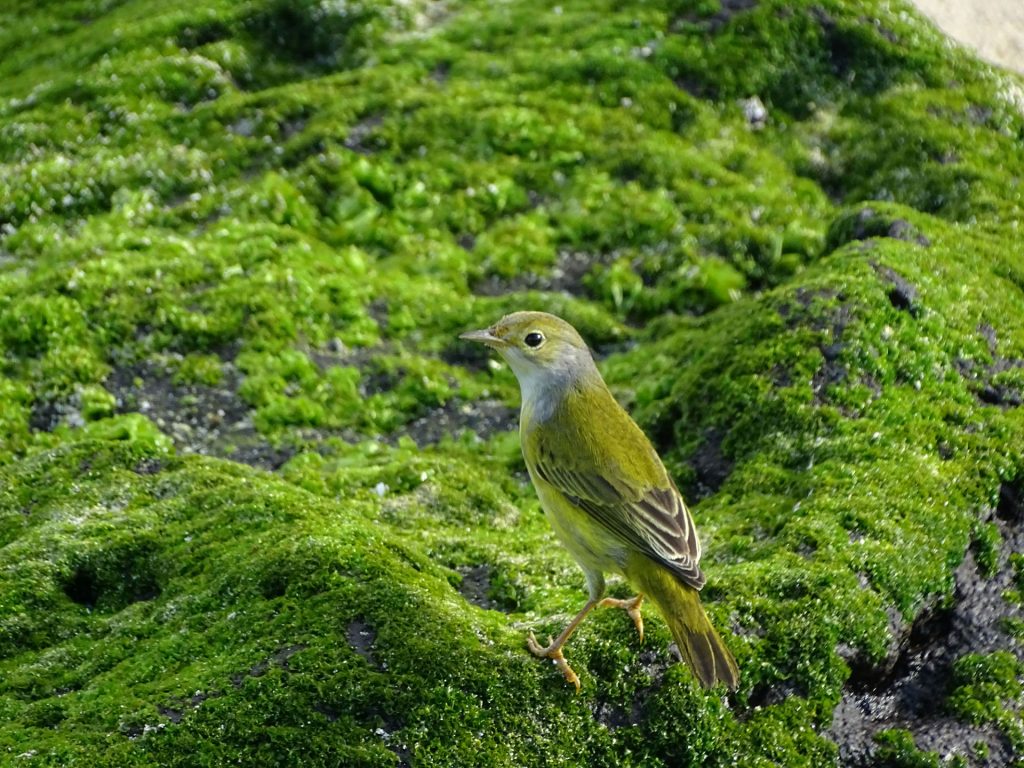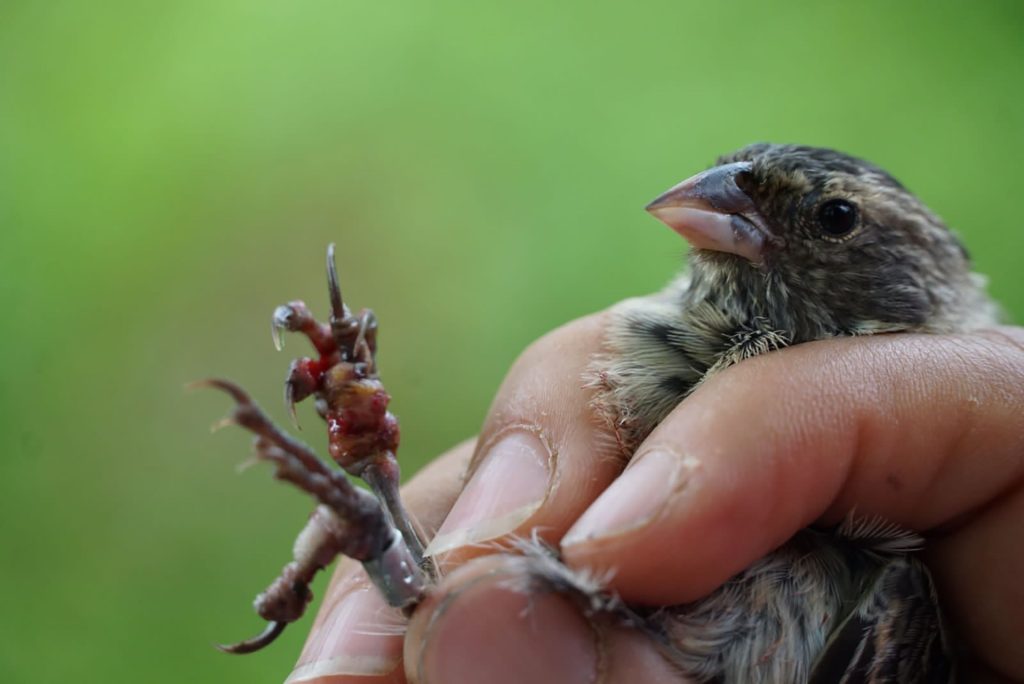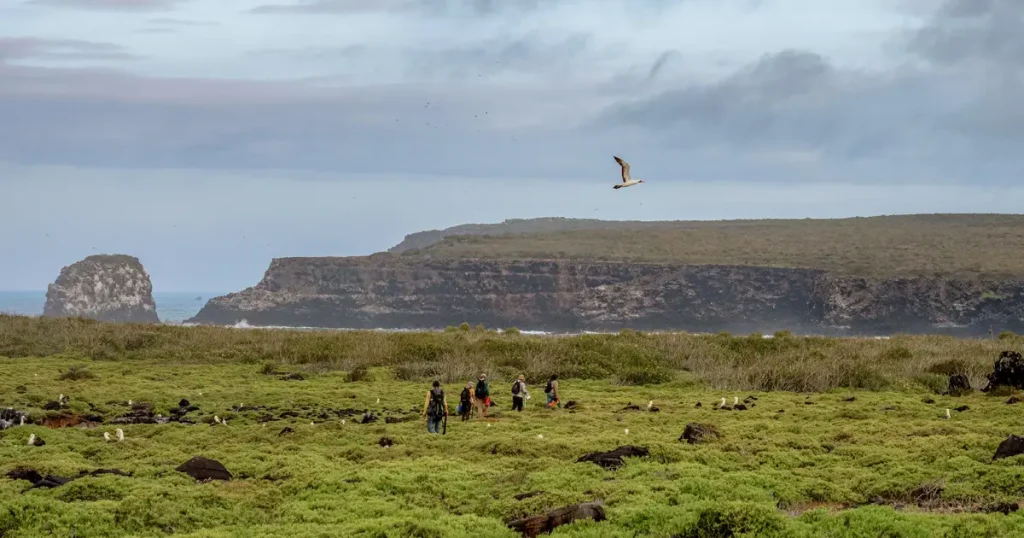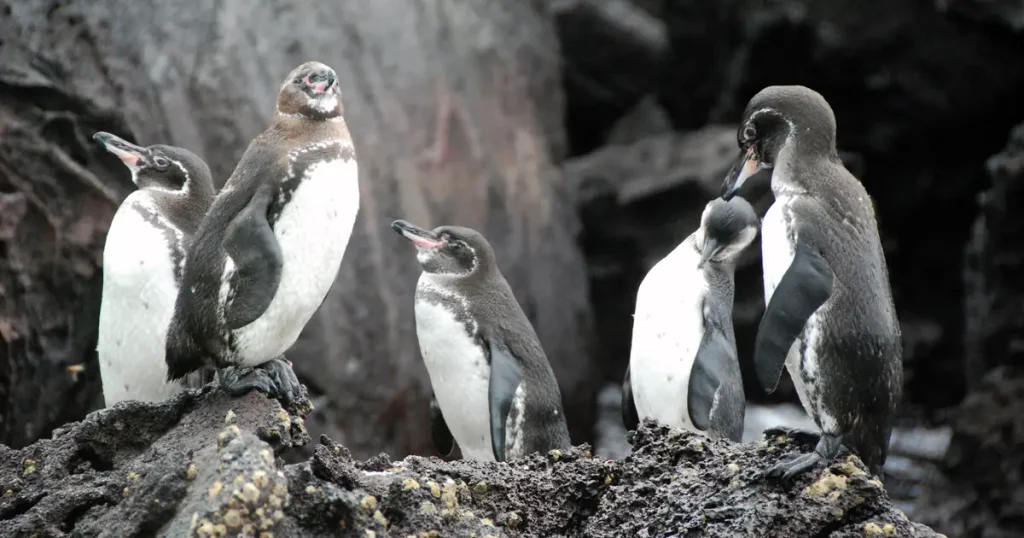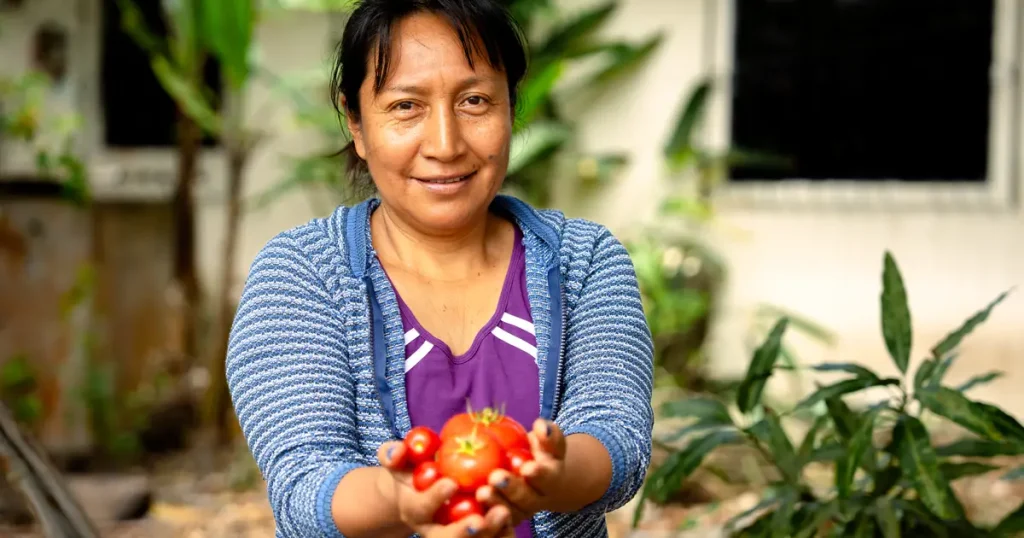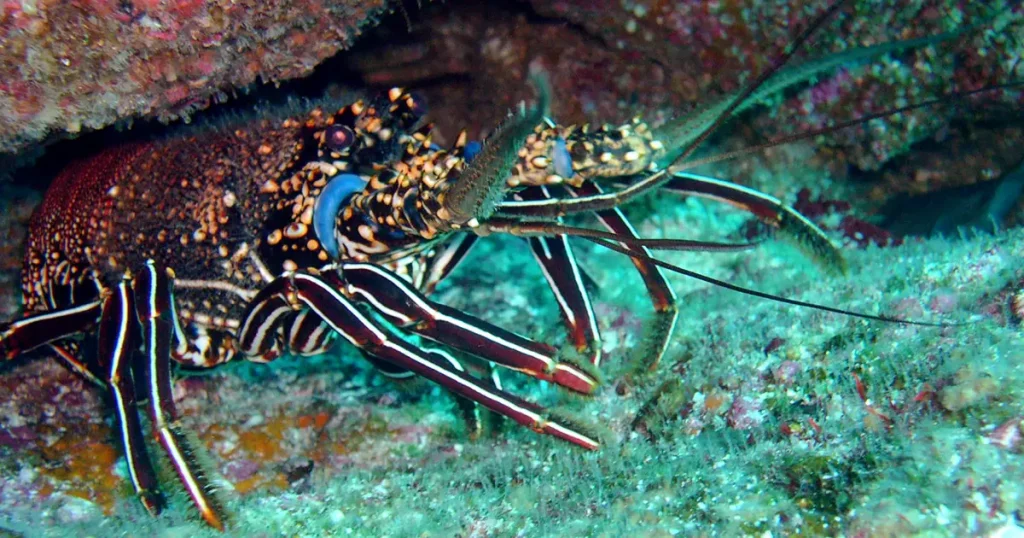Insights From the Medium Tree Finch and Yellow Warbler in the Face of Nest Predation
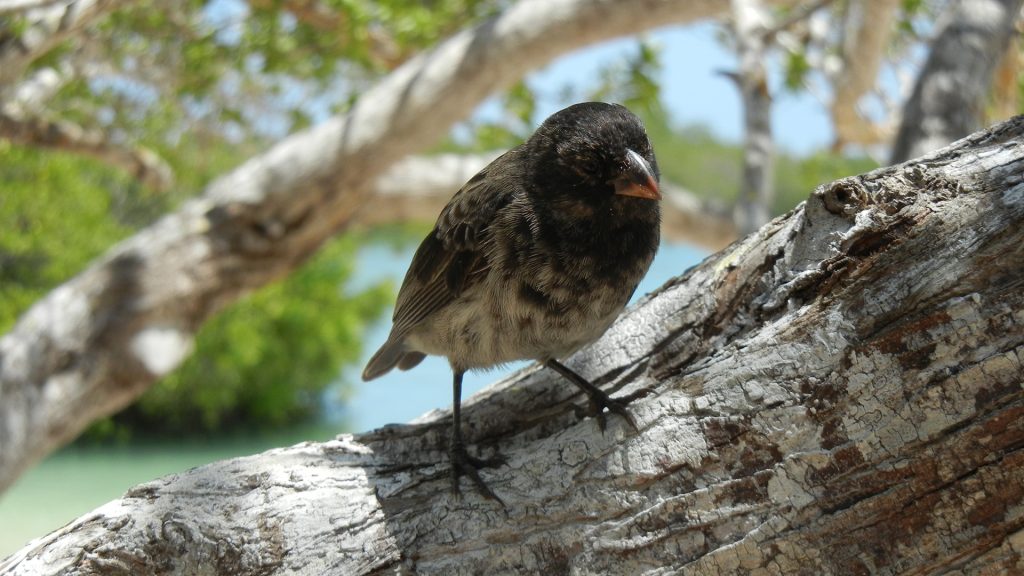
Galápagos, world-renowned for its unparalleled biodiversity, is facing a number of conservation challenges, particularly those posed by invasive species. Among the critically endangered treasures in the archipelago is the medium tree finch (Camarhynchus pauper), found only on Floreana Island. Galápagos Conservancy funded a study conducted by the University of Vienna in 2022 that provided illuminating insights into the island’s ecosystem.
The Project
One of the most significant achievements of this project was the comprehensive assessment of the introduced predator community on Floreana. We now have a much clearer understanding of invasive species on the island, even more so than on Santa Cruz, as a result of this research. According to University of Vienna researcher Sonia Kleindorfer, in just one year (2022), at least twice as many introduced rats and smooth-billed anis (Crotophaga ani) were observed on Floreana as in other locations, as well as a larger population of Galápagos short-eared owls (Asio flammeus galapagoensis).
These findings, along with previous research revealing a 90% reproductive failure rate among Floreana’s bird species, establish a fundamental baseline for monitoring predator activity. They also highlight the critical need to implement effective control measures to address the abundant predators on the island.
Another striking finding of the study, occurring during a year with very little rainfall and no Darwin’s finch nesting, was the active presence of yellow warblers (Dendroica petechia aureola) on Floreana. These hardy birds revealed active nesting behavior and melodious singing, becoming the primary host species for the avian vampire fly (Philornis downsi), a serious threat to native bird populations. In response to this concern, the study promotes specific strategies to eradicate P. downsi, such as the use of dispensers of permethrin-treated feathers and insect growth regulators. These novel approaches have proven especially effective during dry years, and it is important to note they can be timed perfectly with the nesting season of yellow warblers, which is typically January to February.
Our General Director, scientist Washington Tapia, emphasized that the study’s findings are paramount in guiding future conservation initiatives. “We reaffirm our commitment to supporting research projects that contribute to the conservation of Galápagos species and the ecosystems they inhabit,” he stated.
Galápagos Conservancy congratulates the dedicated scientists at the University of Vienna, whose contributions remind us that science is not only a beacon of knowledge but also a tool to help ensure the conservation of Galápagos’ unparalleled ecosystems for future generations.
